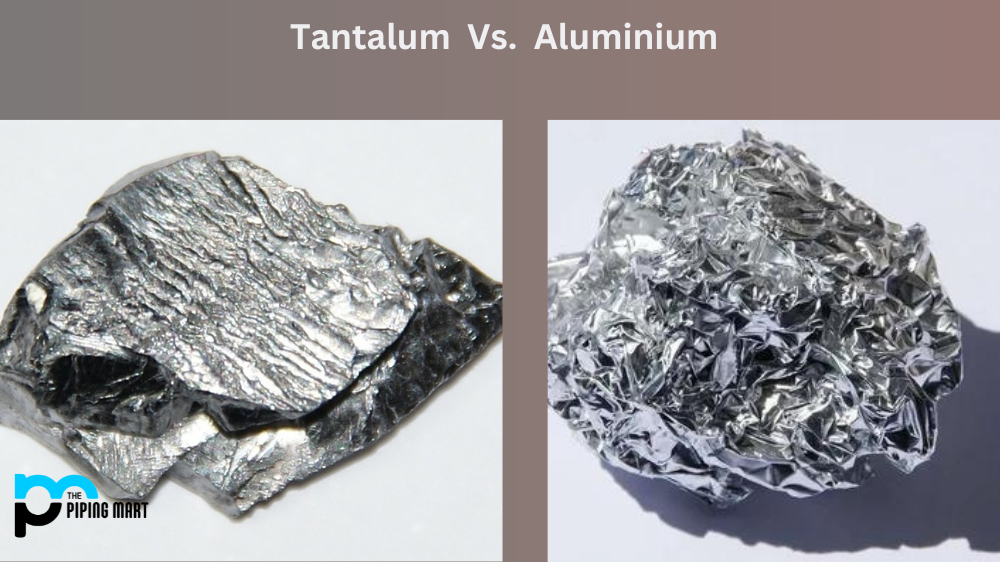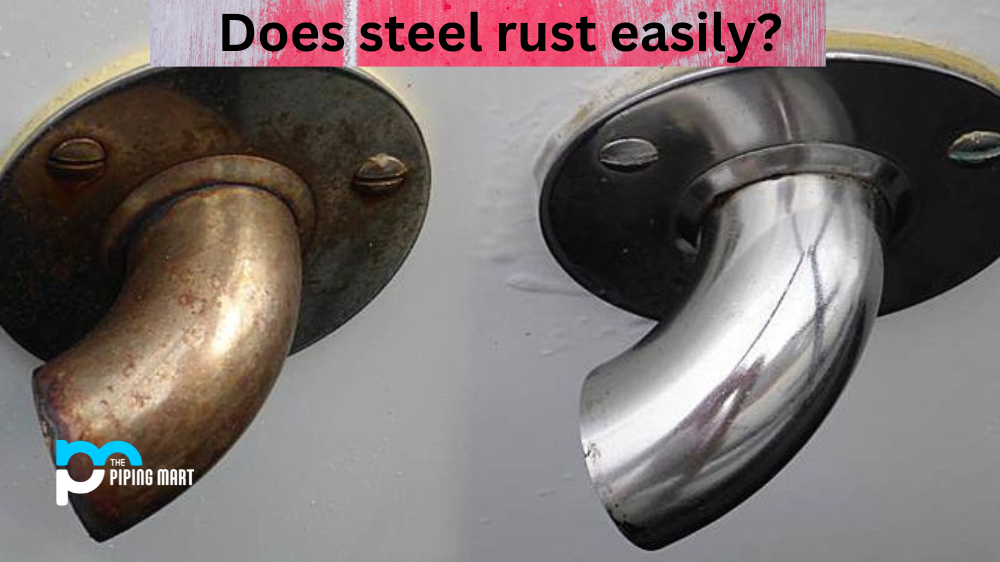Many people must be aware of the differences between tantalum and aluminum, two materials often used in various applications. Understanding each material’s different properties and exploits is essential to use these materials correctly. Let’s take a closer look at tantalum vs. aluminum.
Tantalum Properties
Tantalum is a rare metal that is highly resistant to corrosion and high temperatures, making it ideal for extreme environments. It also has excellent electrical conductivity, making it perfect for capacitors or other electrical components requiring efficiency and reliability. In terms of strength, tantalum has a tensile strength of over 600 MPa (megapascals) – a measure of its resistance to stretching – which makes it one of the strongest metals available on the market today.
Aluminum Properties
Aluminium is much more common than tantalum and is used in everything from car parts to electronics. It offers good electrical conductivity but is less than tantalums. Aluminium also has higher thermal conductivity than tantalum, meaning it can more efficiently dissipate heat from its surface area faster than heat dissipates from tantalum surfaces. In terms of strength, aluminum has a tensile strength of about 300 MPa – half that of tantalum – but is still strong enough for many applications where power is not paramount.
Uses For Each Material
Both materials are excellent for durability in extreme environments such as aerospace or defense applications due to their superior corrosion resistance and high melting points. Tantalum is often used in medical implants and electronics due to its exceptional electrical conductivity. In contrast, aluminium is favored for its light weight and good thermal conductivity capabilities – making it well suited for cooling systems or automotive components. Both materials can be machined into complex shapes and sizes with relative ease due to their malleability. However, they have different difficulty levels when machining them into specific shapes or sizes depending on the application requirements.
Conclusion:
When considering which material would be best suited for your project needs, both tantalum and aluminium have their unique advantages depending on what type of application you are working on. While aluminium may be lighter with better thermal conductivity capabilities, tantalum’s exceptional electrical conductivity makes it an ideal choice for medical implants or electronic components requiring reliability in extreme environments. Ultimately the choice comes down to budget restrictions and determining what type of properties and features will yield the best performance results for your particular project needs – so make sure you research thoroughly before making any final decisions!

Meet Bhavesh, a seasoned blogger with a wealth of knowledge and experience. From metal products manufacturing to retail, Bhavesh has a diverse background in various industries and is dedicated to sharing his insights and expertise with readers.




